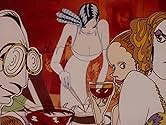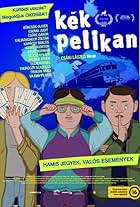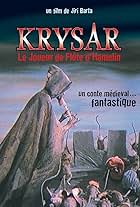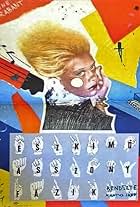The movie was the biggest flop of Hungarian animation. Angry adults and crying children would storm out of theaters, and some cinemas reportedly began playing different films just to keep audiences seated. Critics were also divided. The biggest reasons for the bad reception were the highly abstract animation style, the basic plot and the presentation that resembled old-fashioned farcical comedies from the early 20th century. The filmmakers explained that their goal was not to tell a convoluted story with exciting twists and turns but to evoke different moods and to explore societal issues like domestic life, the youth's career choices and the place of artists in a blue-collar, consumerist society. Certain defenders of the film also remarked that viewers were either too unsophisticated to appreciate the film's style and themes or they were uncomfortable with how it satirized their socialist lifestyle. Technical director
Jenõ Koltai wrote a lengthy essay in Pannonia Studio's magazine analyzing the film's failure, reasoning that the mainstream audience was not ready for an animated movie with realistic, urban themes. The movie was mostly forgotten until the 2000s saw a resurgence in interest for Kovásznai's works. It is now seen as an obscure gem of Eastern European animation and a nostalgic time capsule of 70s middle-class culture. It mainly became a beloved cult favorite of urban Hungarians in their 20s and 30s. Because of this, the film is now officially categorized as a "nemzedéki közérzetfilm" or a "generational mood film".




















